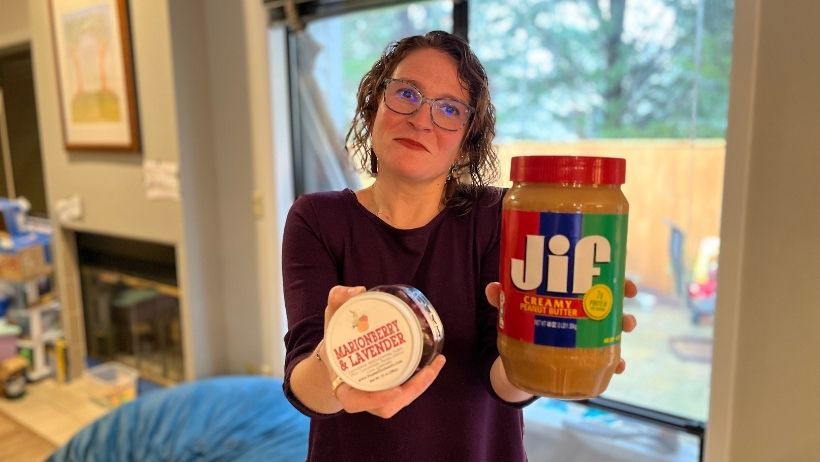“We go together, like . . .” If you’re a fan of the movie Grease, I’m sure you’re able to finish that phrase, and now I have to apologize for getting the song stuck in your head. In the last few years I’ve been doing some “extracurricular” work learning about my strengths and weaknesses as a human being and a leader. This process isn’t really anything new for me; my father used to make me take the Myers-Briggs Type Indicator yearly to find out how to best parent me (he was a social worker, if that wasn’t obvious). As long as I can remember, I’ve been an I/ENFJ. That means, among other things, that there are certain personality types with whom I will naturally either find affinity or clash. This has been helpful as I’ve navigated a path figuring out how best to get along with someone with opposite traits, because in my experience, opposites don’t always attract (no disrespect to Paula Abdul).

Sometimes things pair well together, not because they’re similar and not because they’re opposite, but because the whole is greater than the sum of its two parts. How did peanut butter and jelly get together? Or cream cheese and lox? Think about it – fish and cream cheese?
This week we read Parshat Pikudei, which details the building of the Mishkan, the artistry involved, the outpouring of gifts the Israelite people bring, and the artists who fashion the piece together. For the construction of this precious piece, God has singled out Be’tzalel to be the builder. We learn about the gathering of the Israelite nation and the cloud that will henceforth guide them as they make their way through the desert.
As the priestly garments are being finalized, we learn of two pieces that are forever together, the breastpiece and the ephod (a linen apron). In chapter 39, verse 21 we read that the breastpiece, as commanded by God, was held in place by a cord of blue from its rings to the rings of the ephod, so that they did not come loose from one another. But what was so critical that connected those two pieces? Why did they need to be together?
The breastpiece is referred to as the “breastpiece of judgment” in Exodus. It’s a symbol of the ways in which people should act with one another. The ephod was a symbol of worship, the way in which people are to interact with God. This seems to indicate that these two pieces are bound together because justice and worship, even though they are two separate concepts, must go hand in hand as well.
Parshat Pekudei reminds us of the connection between our faith and the pursuit of justice, and, more importantly, that religion does not supersede justice. Only when these ideas are hand in hand can we expect to walk hand in hand with each other.



